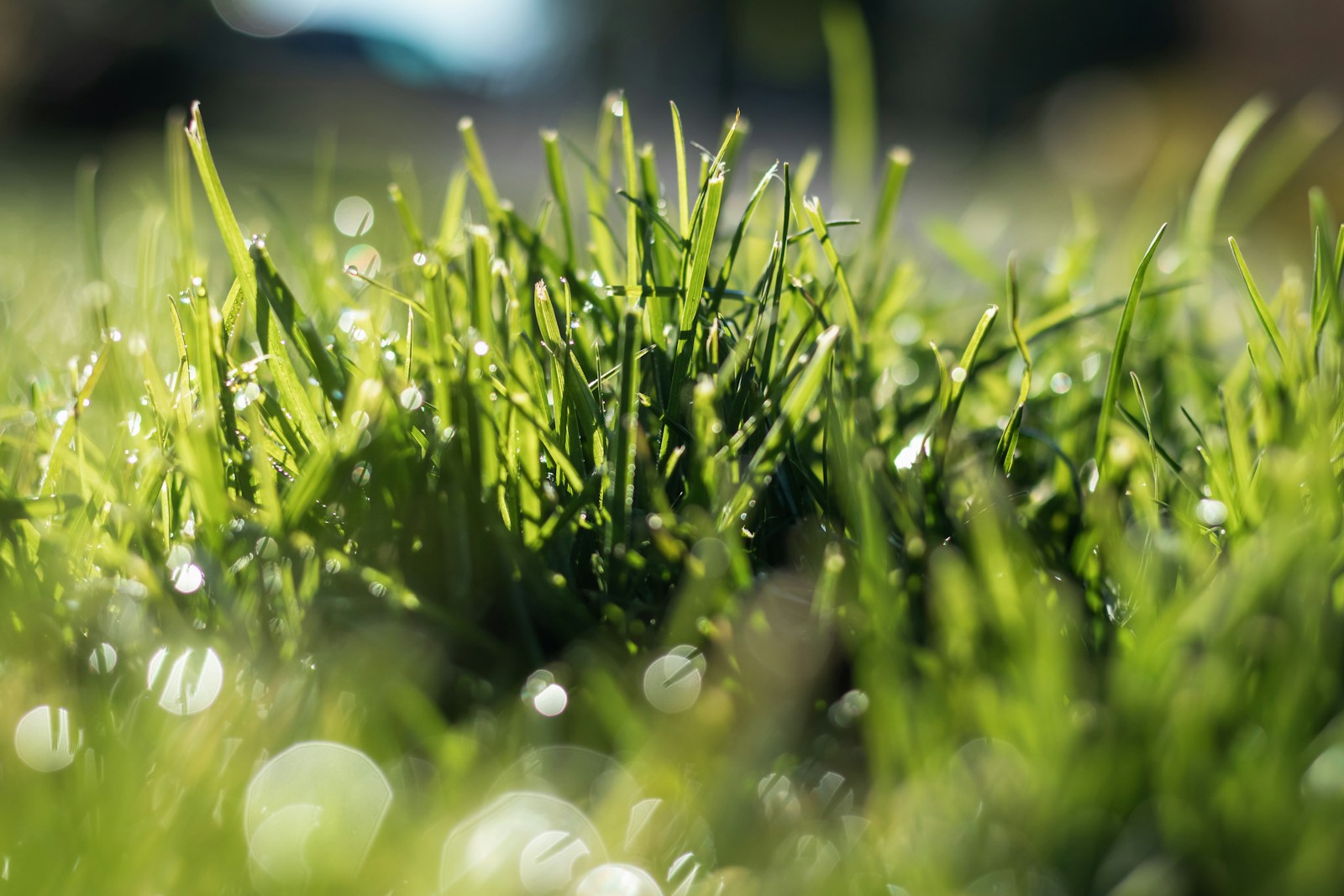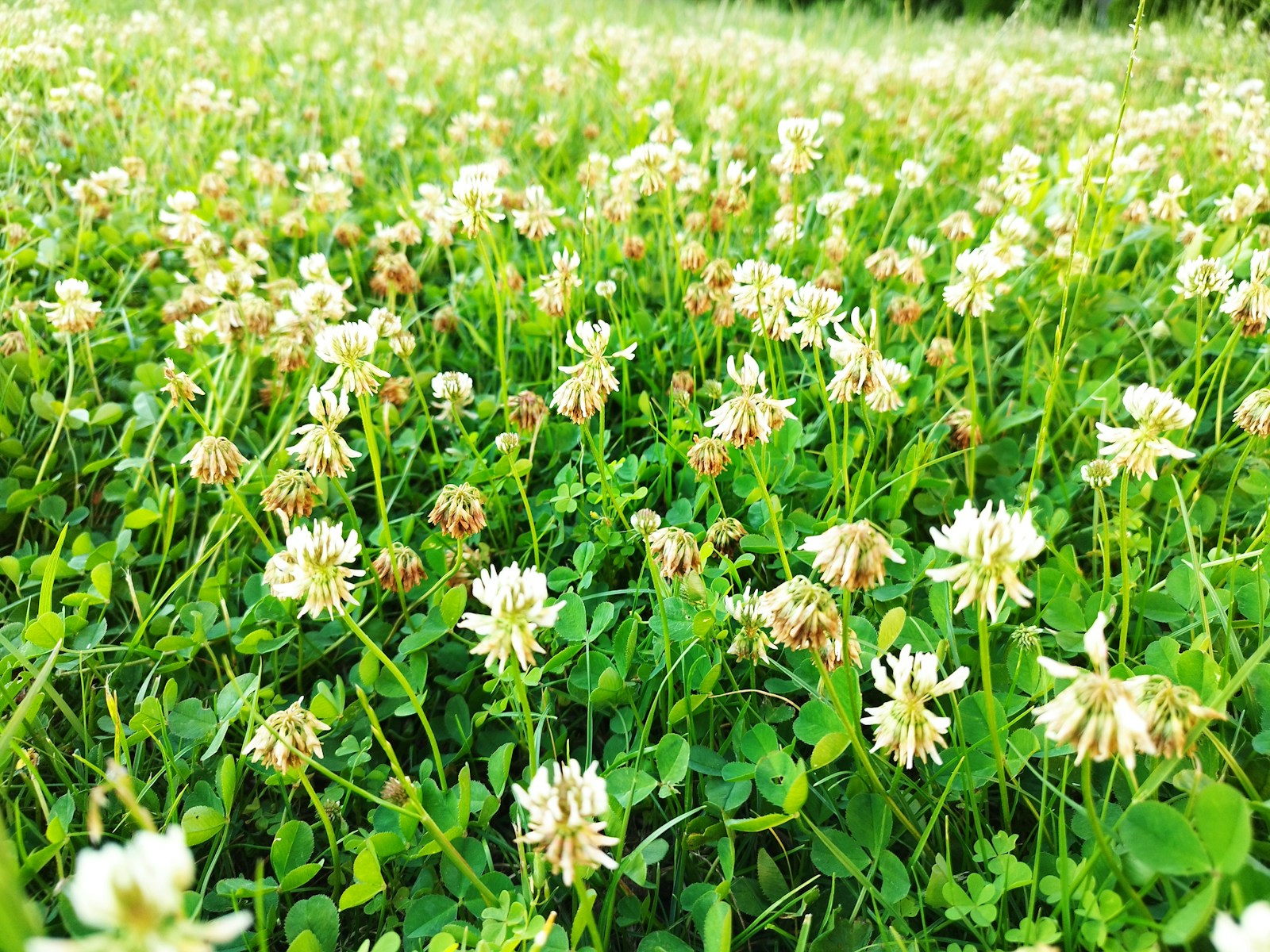Maintaining a lush, green lawn can be challenging for homeowners, but using the right fertilizer makes a significant difference. One popular choice in the world of fertilizers is diammonium phosphate (DAP), known for its high phosphorus and nitrogen content. This article explores the benefits, application methods, and considerations for using DAP as a lawn fertilizer, ensuring your lawn thrives throughout the growing season.
What Is Diammonium Phosphate (DAP)?
Diammonium phosphate (DAP) is a water-soluble fertilizer with the chemical formula (NH₄)₂HPO₄. It provides:
- 18% Nitrogen (N): Essential for lush, green growth.
- 46% Phosphorus (P₂O₅): Critical for root development and plant vigor.
DAP is widely used in agriculture and gardening for its ability to deliver these essential nutrients efficiently. When applied to soil, it dissolves readily, releasing nutrients for immediate uptake by plants.
Benefits of Using DAP on Lawns
1. High Phosphorus Content
Phosphorus supports root development, making DAP ideal for:
- Establishing new lawns.
- Overseeding existing grass.
- Strengthening turf during stress periods.
2. Balanced Nitrogen Supply
Nitrogen promotes the dense, green growth homeowners love. The 18% nitrogen in DAP helps lawns recover from dormancy and maintain a vibrant appearance.
3. Rapid Nutrient Availability
Being water-soluble, DAP ensures quick nutrient release. This is especially helpful during critical growth stages when lawns require immediate nourishment.
4. Versatility
DAP works for:
- Cool-season grasses like Kentucky bluegrass or fescue.
- Warm-season grasses like Bermuda or Zoysia.
How to Use DAP on Your Lawn
1. Conduct a Soil Test
Before applying DAP, test your soil to understand its:
- Nutrient Levels: Determine if additional phosphorus is necessary.
- pH: DAP can temporarily increase soil pH but may lead to acidification over time.
A soil test ensures you’re not over-applying nutrients, which can harm your lawn and the environment.
2. Timing Matters
Apply DAP during the active growing season:
- Cool-season grasses: Early spring or fall.
- Warm-season grasses: Late spring to early summer.
3. Measure the Right Amount
Follow manufacturer recommendations, typically around 1 to 2 pounds per 1,000 square feet. Over-application can:
- Burn your lawn.
- Lead to nutrient runoff, harming nearby water sources.
4. Ensure Even Distribution
Use a broadcast or drop spreader to apply DAP uniformly. After application, water the lawn lightly to help the granules dissolve and activate the nutrients.
Potential Drawbacks of DAP Fertilizer
1. Environmental Concerns
Phosphorus runoff can contribute to water pollution, causing algal blooms in nearby lakes or streams. To mitigate this:
- Avoid applying DAP before heavy rains.
- Use buffer zones near water sources.
2. Soil Acidification
While DAP initially raises soil pH, prolonged use may acidify the soil as ammonium converts to nitrate. Periodic soil testing and lime applications can counteract this effect.
3. Risk of Over-Application
Excessive DAP can:
- Burn grass.
- Cause nutrient imbalances in the soil.
Comparing DAP to Other Lawn Fertilizers
| Fertilizer Type | Nitrogen (N) | Phosphorus (P₂O₅) | Use Case |
|---|---|---|---|
| Diammonium Phosphate (DAP) | 18% | 46% | Ideal for root growth and early establishment |
| Urea | 46% | 0% | Best for established lawns needing nitrogen |
| Triple Superphosphate (TSP) | 0% | 46% | Suitable for phosphorus-deficient soils |
| Organic Fertilizers | Variable | Variable | Environmentally friendly, slow nutrient release |
Case Study: Transforming a Patchy Lawn with DAP
Last spring, Sarah, a homeowner in Minnesota, faced a patchy lawn after a harsh winter. Following a soil test, she found her soil lacked phosphorus. Sarah applied DAP at 2 pounds per 1,000 square feet, watered her lawn, and waited.
Within four weeks, she noticed:
- Improved Grass Density: The bare patches filled in.
- Enhanced Color: Her lawn turned a rich, vibrant green.
Sarah’s experience highlights how proper DAP use can rejuvenate a struggling lawn.
Tips for Responsible DAP Application
- Combine with Other Fertilizers: If your soil needs potassium, consider a balanced fertilizer.
- Apply in Moderation: Excessive phosphorus can harm aquatic ecosystems.
- Aerate Your Lawn: This helps nutrients penetrate deeper into the soil.
Final Thoughts
Diammonium phosphate is a powerful tool for homeowners aiming to enhance their lawns. By providing essential nitrogen and phosphorus, it supports lush growth and robust root systems. However, responsible application—guided by soil testing and environmental awareness—is key to achieving a vibrant, sustainable lawn.



